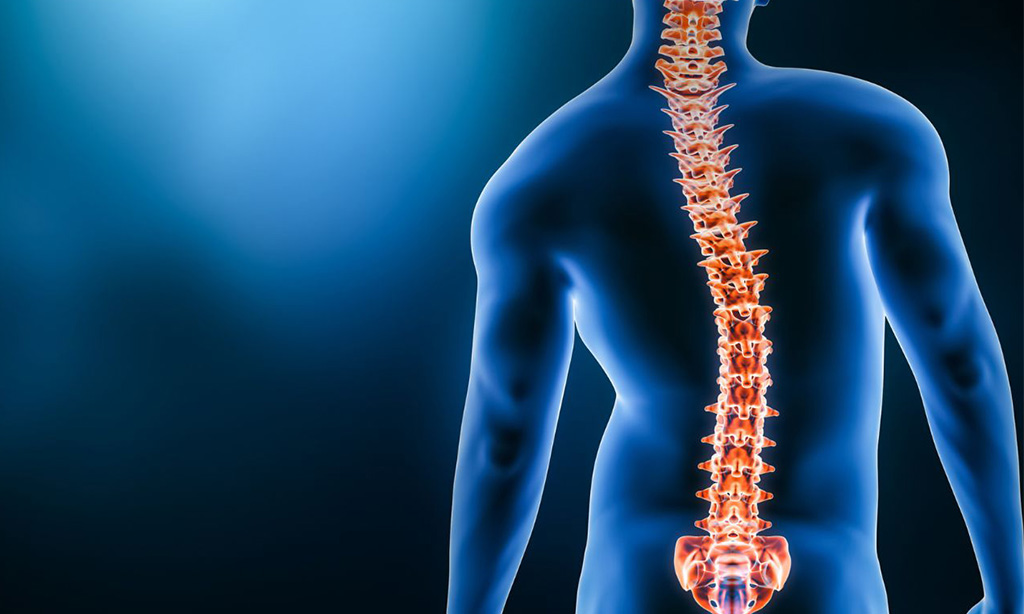
Scoliosis is a condition characterized by an abnormal curvature of the spine, which can lead to discomfort, posture issues, and reduced mobility and can affect individuals of any age. If you want to understand the scoliosis treatment Miami, you are at the right place! Here, we will provide you with everything you need to know about scoliosis, its symptoms, types, treatment methods, and more.
Scoliosis often appears during childhood or adolescence; it is a spine condition in which an abnormal curve develops in the spine. While most cases are mild and don’t require treatment, it is crucial to understand the condition and its potential effects on your daily life. Additionally, you can minimize the complications and prevent progressions by detecting its early signs. Here are some common types of scoliosis:
Here are some common risk factors for scoliosis, which include:
Age: During adolescence, scoliosis often develops with greater risk during growth spurts.
Sex: As compared to boys, girls are more prone to developing scoliosis with a higher progression risk.
Family History: A family history of scoliosis increases the chances of developing the condition.
Medical Conditions: Certain conditions, such as muscular dystrophy, increase the risks
Growth Spurt: In adolescents, during the period of growth, the progression of scoliosis increases.
Scoliosis can significantly affect your daily life; it can cause:
Multiple steps are involved in the diagnosis of scoliosis. Here is the step-by-step diagnosis and evaluation process:
Firstly, consult a spine specialist such as Dr. Trapana, explain your symptoms, medical history, and any concerns you may have, which helps to identify whether you have scoliosis or posture-related issues.
Multiple physical exams are performed, such as the Adams Forward Bend Test to check for a visible spinal curve or rib hump.
Multiple imaging tests are typically used to confirm the diagnosis, such as:
To determine the severity of the spinal curve, the Cobb angle is measured.
The type of scoliosis and its progression are determined based on your age, skeletal maturity, and degree of the curvature.
Lastly, based on the diagnosis, specialists such as Dr. Trapana offer personalized treatment plans that meet your specific needs.
For scoliosis, advanced non-surgical treatment procedures include physical therapy, specialized exercise programs, and bracing. With the help of these non-surgical options, you can manage the condition, improve flexibility and posture, and stop or slow the progression of the spinal curve.
If you have severe scoliosis, surgical treatment options are highly effective; some of these cutting-edge surgical options include:
Hospital Stay: At least 4 to 7 days
Activity Restrictions: Avoid bending, lifting, twisting, and driving
Gentle Exercise: Perform gentle exercises to improve mobility and prevent stiffness
Answer. The early signs of scoliosis include a tilted waist or hips, uneven shoulders, a visible curve in the spine, etc.
Answer. Scoliosis can develop at any age. However, it is most commonly diagnosed in children between the ages of 10 to 15 years.
Answer. Scoliosis surgery is typically recommended when the spinal curve exceeds 40 to 50 degrees and can cause discomfort and pain, especially when non-surgical treatments don’t work.
Answer. After surgery, most of the patients return to light activities within 4 to 6 weeks, and for complete recovery, it may take somewhere around 3 to 6 months, depending on factors such as the case and overall patient health.